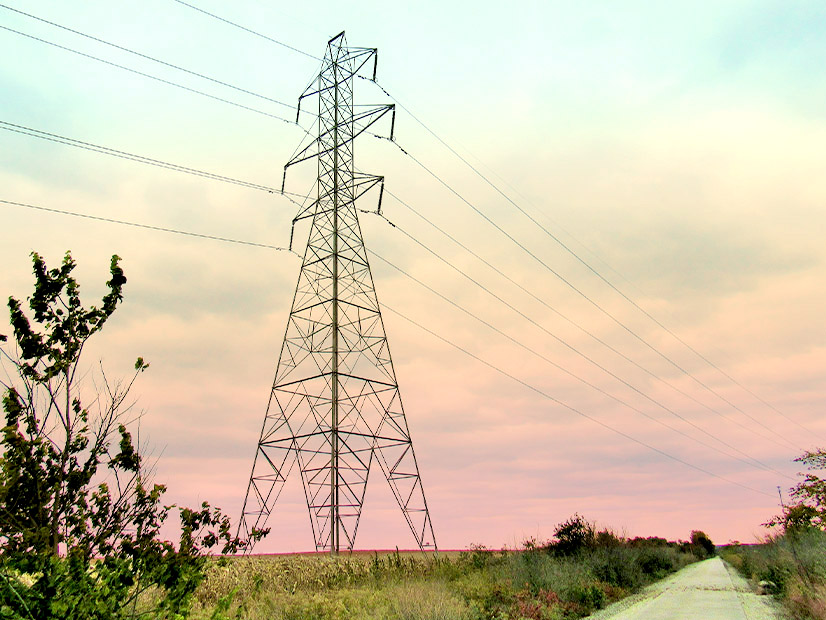PJM has begun studying 308 generation interconnection requests sorted into its Transitionary Cycle 1 (TC1), marking a milestone in the RTO’s shift in how it conducts studies of the grid upgrades necessary for resources in its clogged queue, the RTO told FERC on Jan. 16 (ER22-2110).
The cycle is the first to use the cluster-based approach FERC approved in November 2022. The process groups projects to study what upgrades will be necessary and to allocate costs. In an announcement of the start of TC1 studies, PJM said projects sorted into the cycle are expected to be complete in mid-2025, clearing 46 GW of new generation to move to construction. (See FERC Approves PJM Plan to Speed Interconnection Queue.)
The first step of the transition, the sorting process, resulted in 616 eligible projects being evenly split between TC1 and an expedited “fast lane” process for studying projects with estimated upgrades below $5 million. The fast lane queue is intended to allow projects PJM believes can be studied quickly to progress under the former serialized study and cost allocation process as it shifts studies expected to take longer to complete over to the cluster approach. Study cases for expedited projects are expected to be posted by Jan. 26, and final documentation is anticipated to be complete by the end this year. Projects that have been placed in the fast lane can be moved to TC1 if the short circuit, stability or feasibility analysis determine that more than $5 million is required.
Projects submitted in the AG1 and AH1 queue windows will be required to resubmit their projects to match the transitional rules before being included in Transitionary Cycle 2. Submissions in queue window AH2, which was open between October 2021 through March 2022, will form the first full cycle under the new rules after the completion of the transition.
The FERC-approved interconnection study regime also includes that deposits be made throughout the process to ensure that developers are covering the cost of the studies and to weed out speculative proposals that have been blamed for congesting the queue with requests that may never lead to actual construction. To that end, PJM launched its Queue Scope tool, which allows developers to get a sense of potential upgrades necessary to interconnect a generator at a given location.
In a social media post responding to PJM’s announcement, White Pine Energy Consulting said the RTO has been staying on track with implementing the changes.
“I am looking forward to seeing how well the new interconnection process works, but first we need to get through the transition. PJM has been doing a good job staying on schedule as they implement the first transition cycle,” it said.


